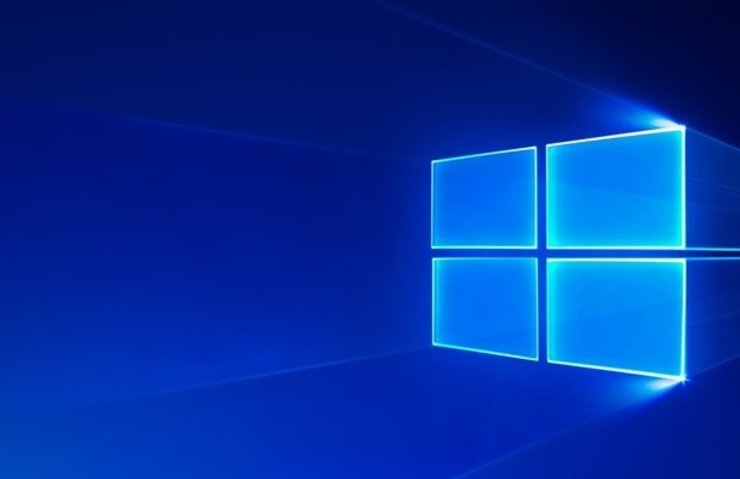If you don’t know how to remove the login password on Windows 10, we are going to help you out. Although it is recommended to use a password for security reasons, there may be cases where it is not necessary to have one.
Windows allows you to log in without having to enter a password. Even if you already have a password, removing it is possible by just following some steps.
- How to create a family library on Google Play?
- How to add a button to delete your Google history on Android?
- How to delete an Instagram account forever?
How to remove the login password on Windows 10?
First, simply access the “Start” menu and type the command “netplwiz” in the search box and go to the right panel and enable the administrator permissions.
We will see a new window with different options, we must uncheck the box “Users must write their name and password to use the computer” and click on “Apply.”
The system will ask us, as a security measure, to enter our current password to confirm our identity. We will only have to click on “Accept” later.
We still have to restart the computer, after we follow these steps, Windows 10 will no longer ask us for a password to log in when we turn on the PC.
However, Windows will still ask for the password if the computer comes out of sleep mode. To avoid this, just go to “Settings”, “E-mail and accounts” and within “Login options” check the option “Never” in the section “Require login”.
Create a local account
If our Windows account is linked to a Microsoft account, the computer will ask us for the password every time we lock the computer using the Win + L keys.
To remove this, we must use a local account instead. To do this we have to go back to “Configuration” and “Email and accounts” and click on “Your information”. There, we will see the section “Login with a local account instead.”

At that point, a configuration wizard will be started in which we have to carry out several steps, the first one being to confirm our user account and our Microsoft account and thus confirm our identity.
From there we are going to configure our local Windows 10 account by writing a user name, a local password (we must leave it blank so that it does not ask us for a password), and an indicator that helps us remember the password.
Finally, we click on “Log out and finish” and Windows 10 will close our session and we will have our new local account active.





